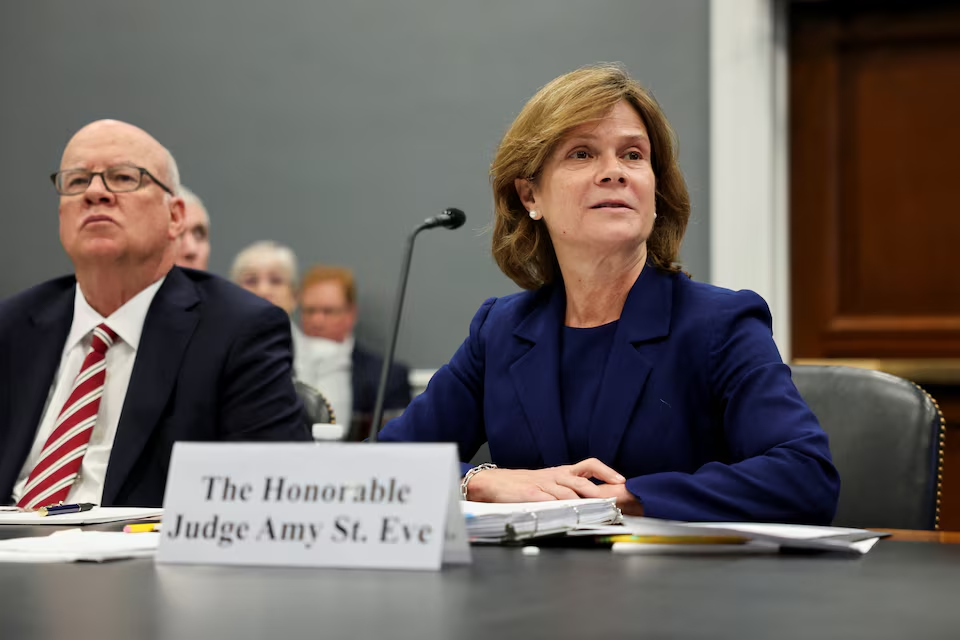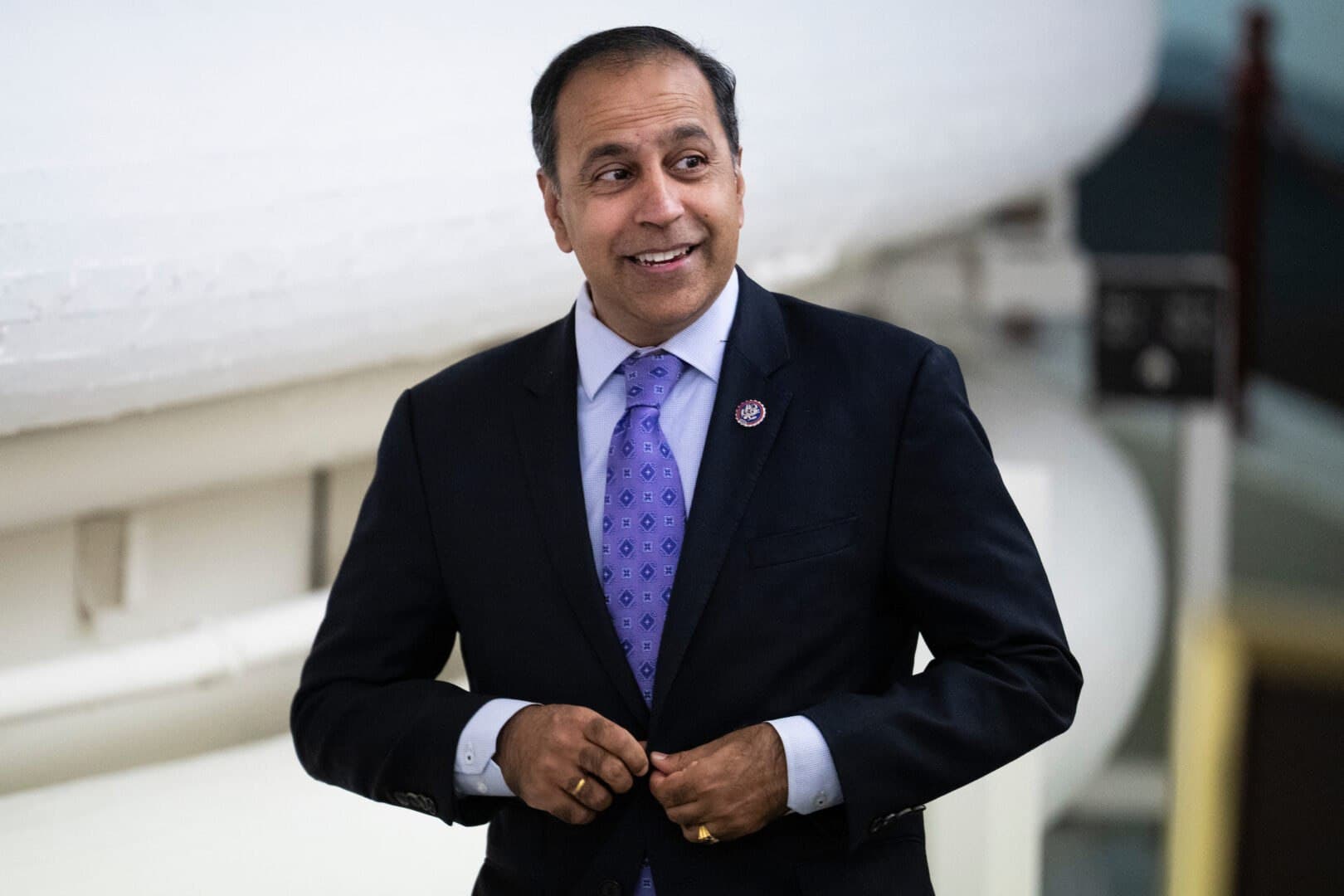The Trump administration’s economic policies are plunging the American economy into a perilous state, with government debt skyrocketing to a staggering $36 trillion. As the clock ticks towards the July 9 deadline for new trade deals, the consequences of this fiscal chaos are becoming painfully evident.
Debt Reaches Record Highs
Currently, the U.S. government debt stands at 123% of the nation’s GDP, the highest since 1946. This alarming figure raises serious questions about the sustainability of U.S. fiscal policy. According to the Monthly Statement of the Public Debt, the recent budget reconciliation bill is projected to add an additional $3 trillion over the next decade, exacerbating an already unsustainable debt trajectory.
Tariffs Fueling Economic Uncertainty
Trump’s trade policies, particularly his controversial tariffs, are not just a blip on the radar; they are a destructive force reshaping the economic landscape. The unpredictable nature of these tariffs has left businesses scrambling and investors hesitating. The yield on ten-year U.S. government debt has jumped from 0.5% in mid-2020 to 4.3% today, as reported by the Financial Report of the United States Government. As borrowing costs rise, so do concerns about the long-term viability of the dollar.
\n\n
Southeast Corner Treasury Building, Treasury and the Capitol ...
Investor Confidence Crumbles
The reputation of the U.S. dollar as the world’s reserve currency is eroding under the weight of Trump’s tariff agenda. Experts suggest that the chaotic application of tariffs is sapping investor confidence, making it costly for businesses to adjust their trading patterns and supply chains. The dollar has lost 8% of its value since the start of the year, which directly impacts the purchasing power of American consumers and deepens the trade deficit.
Rising Interest Rates Hit Workers Hard
The implications of rising interest rates extend beyond Wall Street; they hit working-class Americans the hardest. As borrowing becomes more expensive, mortgages and corporate loans see escalating rates, which will ultimately trickle down to consumers. A recent analysis by the Harvard Law School highlights that this fiscal profligacy is creating a burden that low-income families will struggle to bear, further widening the wealth gap.
\n\n
More US Senate Republicans voice support for congressional oversight o…
Financial Markets on the Edge
The potential for a financial crisis looms large as rising yields create a precarious environment for investors. If government bond yields continue to surge, a cascade of selling could ensue, destabilizing markets and leading to a financial meltdown. The volatility seen after the announcement of tariffs earlier this year serves as a stark warning that the economic house of cards may be teetering on the brink.
Trump’s administration has played a dangerous game with the economy, and the ticking clock only amplifies the urgency of the situation. With a deepening debt crisis, rising interest rates, and eroding investor confidence, the American economy is facing a reckoning that is long overdue. The potential fallout from these policies threatens not only the financial markets but also the livelihoods of countless working-class Americans.








![[Video] More videos of ANTIFA activities emerge in Giessen](/_next/image?url=%2Fapi%2Fimage%2Fthumbnails%2Fthumbnail-1764454862523-wtbpg5-thumbnail.jpg&w=3840&q=75)